

— Products —
 Consumer hotline +8618073152920
Consumer hotline +8618073152920 WhatsApp:+8615367865107
Address:Room 102, District D, Houhu Industrial Park, Yuelu District, Changsha City, Hunan Province, China
All products
There are several instruments used for measuring solar radiation, including:1. Pyranometer: A pyranometer is an instrument used to measure the total amount of solar radiation received on a horizontal surface. It measures both direct and diffuse radiation. 2. Pyrheliometer: A pyrheliometer is a device used to measure direct beam solar irradiance. It is typically used to measure the solar radiation at a specific location and time.
Tel/WhatsApp:+8615367865107
Email:Arvin@niubol.com +Nearly 100 partner company in more than 68 countries. We are committed to providing high-quality, practical products to meet your needs and help you solve problems.Product Details
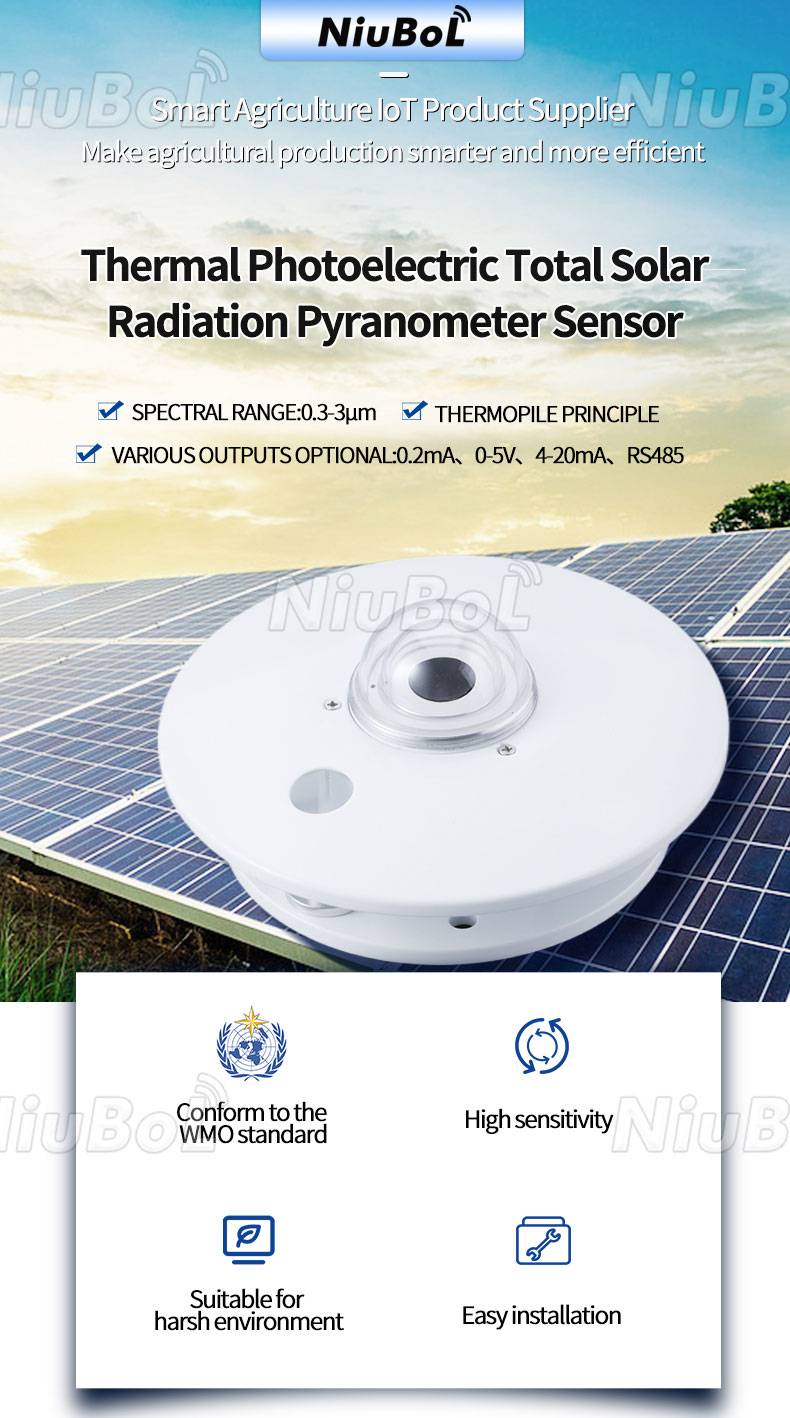

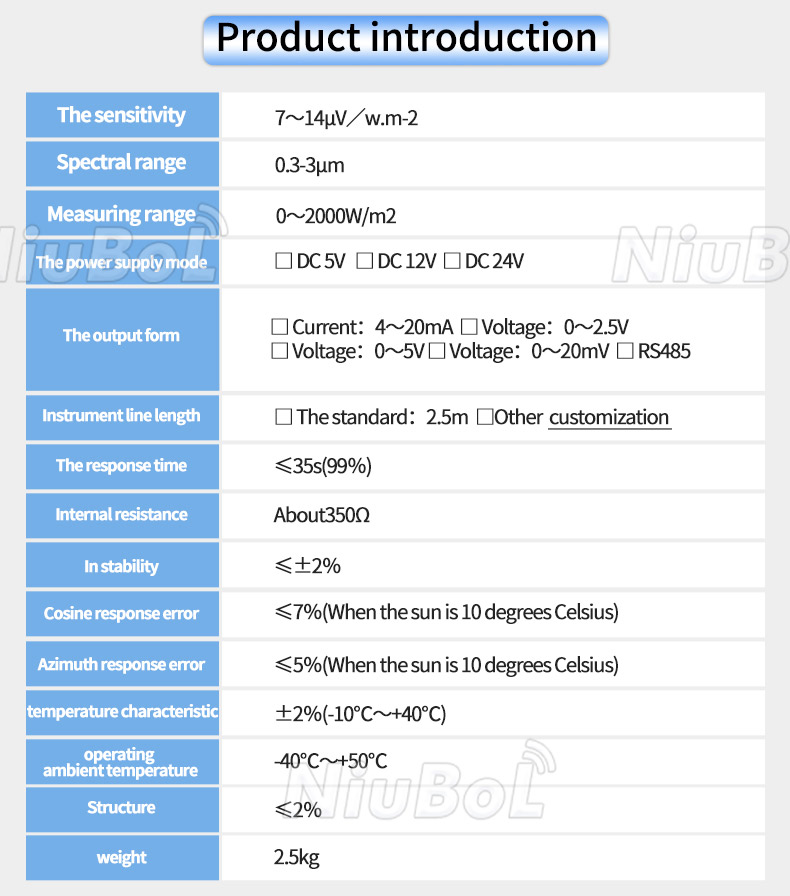
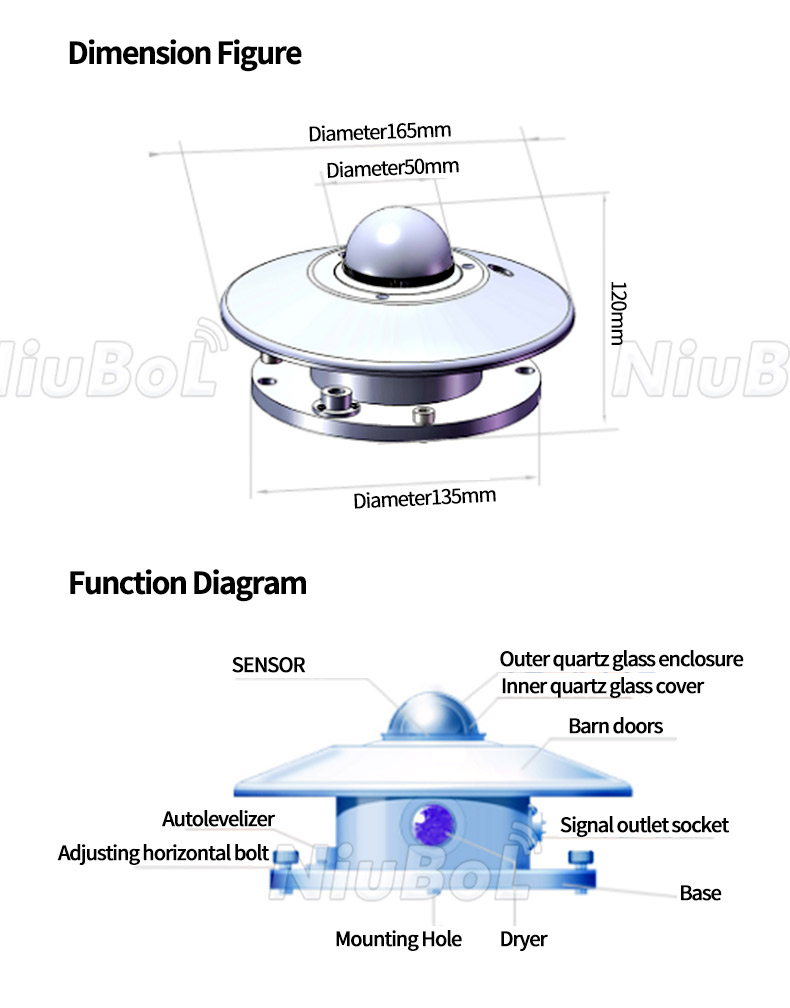
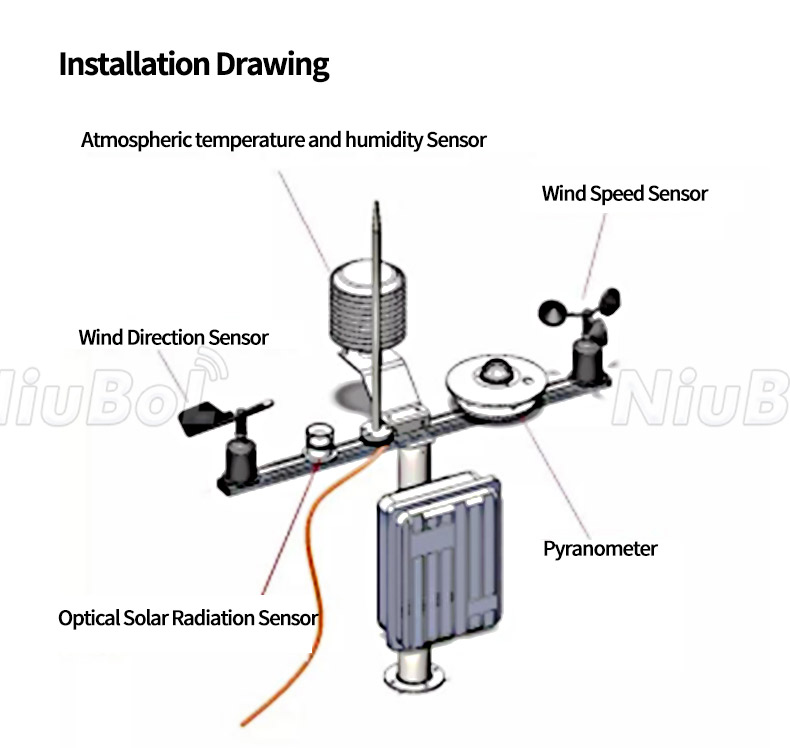
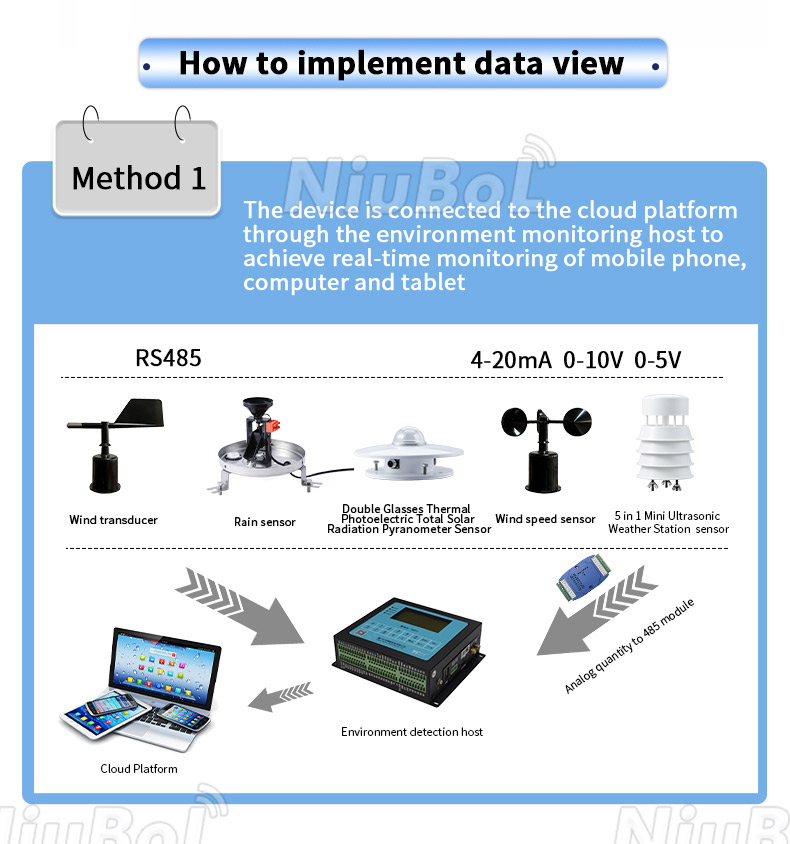


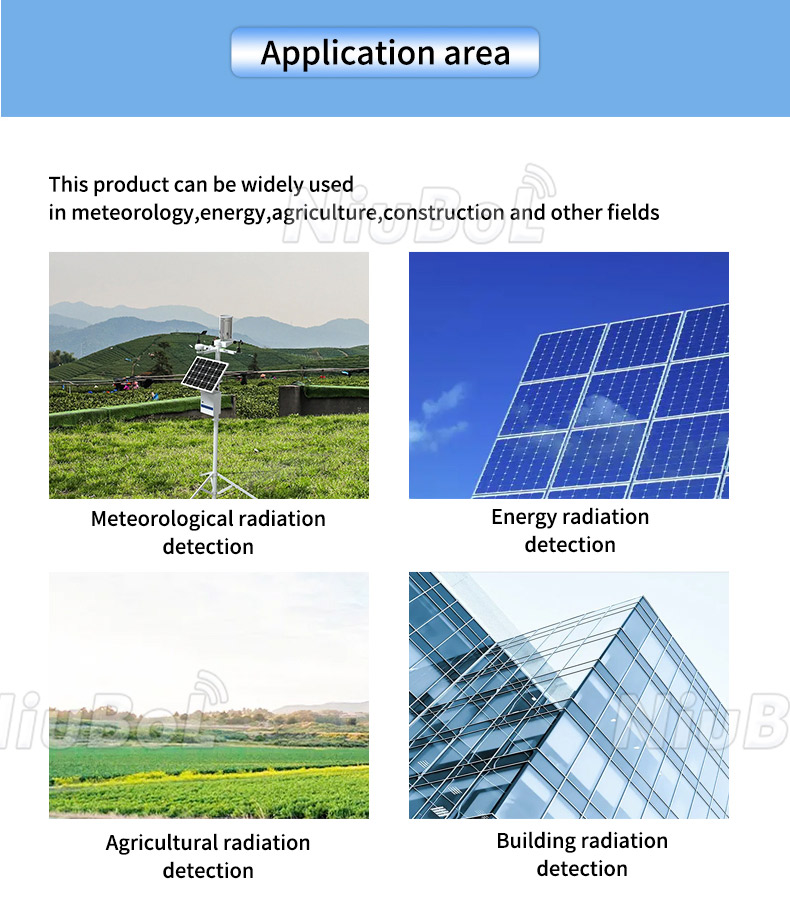

There are several instruments used for measuring solar radiation, including:
1. Pyranometer: A pyranometer is an instrument used to measure the total amount of solar radiation received on a horizontal surface. It measures both direct and diffuse radiation.
2. Pyrheliometer: A pyrheliometer is a device used to measure direct beam solar irradiance. It is typically used to measure the solar radiation at a specific location and time.
3. Spectroradiometer: A spectroradiometer is an instrument used to measure the spectral distribution of solar radiation. It measures the intensity of solar radiation at different wavelengths.
4. UV Radiometer: A UV radiometer is an instrument used to measure the intensity of ultraviolet (UV) radiation. It is typically used to measure the amount of UV radiation that poses a risk to human health.
By using these instruments, scientists and researchers can gather data on solar radiation, which helps in understanding the Earth's climate, weather patterns, and solar energy potential.
Pyranometers are instruments specifically designed to measure the total amount of solar radiation received on a horizontal surface. They provide a measurement of both direct beam radiation from the sun and diffuse radiation scattered by the atmosphere.
Pyranometers typically consist of a thermopile sensor, which is a collection of thermocouples that convert the incoming solar radiation into an electrical signal proportional to the radiation intensity. The thermopile sensor is protected by a glass dome or filter that allows only solar radiation to pass through while minimizing any interference from other sources of radiation.
The output of a pyranometer is usually expressed in watts per square meter (W/m²) or joules per square meter (J/m²). This measurement represents the total solar irradiance received over a given period of time.
Pyranometers are widely used in various applications, including meteorological and climatological research, solar energy studies, agriculture, and environmental monitoring. They provide critical data for understanding solar radiation patterns, estimating energy yield from solar panels, assessing the impact of solar radiation on plant growth, and analyzing the Earth's energy balance.
Pyranometers have a wide range of applications and play a crucial role in various fields. Here are some key usage scenarios and their significance:
1. Solar Energy Assessment: Pyranometers are essential for assessing the potential of solar energy at a specific location. They provide data on the amount of solar radiation that can be harnessed for solar power generation. This information helps in designing efficient solar energy systems and estimating their performance.
2. Meteorology and Climate Research: Pyranometers are extensively used in meteorological stations and climate research to monitor solar radiation levels. This data is vital for understanding and predicting weather patterns, studying climate change, and analyzing the Earth's energy balance.
3. Agricultural Applications: Pyranometers are employed in agriculture to determine the amount of solar radiation available for crop growth. This information assists in optimizing planting schedules, managing irrigation, and evaluating the overall productivity of agricultural systems.
4. Environmental Monitoring: Monitoring solar radiation is important for assessing environmental conditions. Pyranometers help measure the impact of solar radiation on ecosystems, such as photosynthesis rates, evapotranspiration, and heat exchange processes.
5. Building Design and Energy Efficiency: Pyranometers aid in designing energy-efficient buildings by providing information on solar radiation exposure. This data helps optimize building orientation, window placement, and shading devices to maximize natural lighting and minimize heat gain.
6. Research and Education: Pyranometers are widely used in scientific research and educational institutions to study solar radiation and its effects. They contribute to advancements in renewable energy, atmospheric physics, and climate science.
Overall, pyranometers are versatile instruments that enable accurate measurement and monitoring of solar radiation. Their applications range from renewable energy planning to climate research, agriculture, and environmental studies. By providing precise data on solar radiation levels, pyranometers support informed decision-making and sustainable practices across various industries.
Prev:Noise sensor
Sensors & Weather Stations Catalog
Agriculture Sensors and Weather Stations Catalog-NiuBoL.pdf
Weather Stations Catalog-NiuBoL.pdf
Related recommendations
 Multi-Depth Soil Sensor RS485
Multi-Depth Soil Sensor RS485 TDR Soil Moisture Sensor
TDR Soil Moisture Sensor Pyranometer Solar Radiation Sensors
Pyranometer Solar Radiation Sensors Soil ph sensor
Soil ph sensor Tipping Bucket Rain Gauge
Tipping Bucket Rain Gauge Air Temperature and Humidity Sensor
Air Temperature and Humidity Sensor
Screenshot, WhatsApp to identify the QR code
WhatsApp number:+8615367865107
(Click on WhatsApp to copy and add friends)
